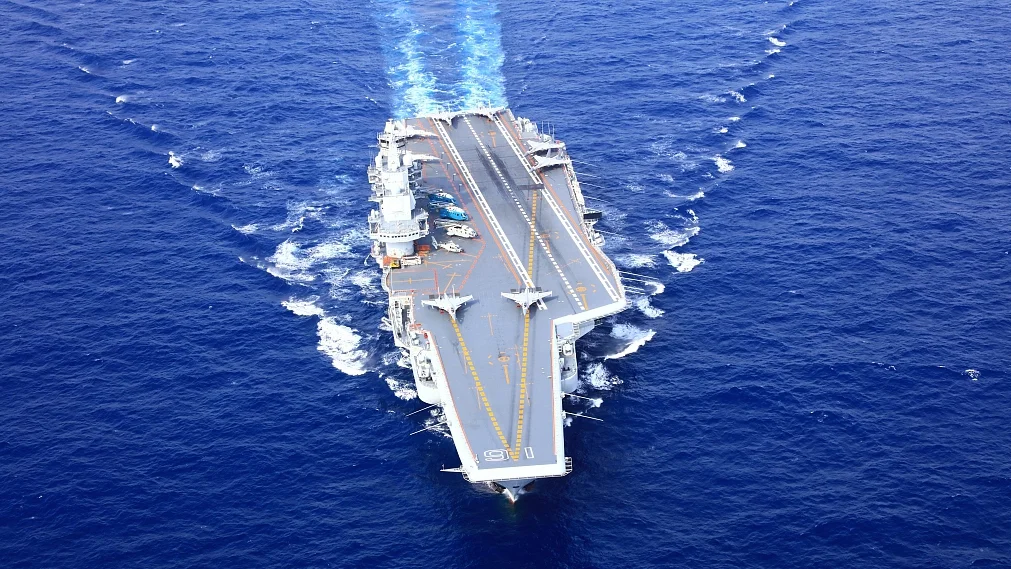Over the past decade, the Chinese Navy has made swift strides in developing its naval capabilities, notably in the domain of aircraft carriers. In less than ten years, China has introduced several carriers, underscoring its rapid advancement in naval technology. The first domestically designed carrier became operational in 2017, a mere seven years after the launch of their initial carrier. Presently, China is gearing up to initiate sea trials for its third carrier, the Fujian, expected to be operational by 2025.
Looking ahead, Chinese officials have confirmed the commencement of construction on a fourth aircraft carrier during annual parliamentary meetings. Notably, this new carrier’s development has proceeded smoothly without encountering major technological hurdles. While speculation surrounds the propulsion system—whether conventional or nuclear—details are expected to be formally disclosed soon.
Experts suggest that while nuclear-powered carriers may be considered in the future, current priorities lie with conventional carriers, which are quicker and more economical to design and build. These carriers are deemed sufficient for projected operational needs within the next decade, focusing primarily on regional defense within the second island chain of the South China Sea.

The fourth carrier is anticipated to be an evolution of the Fujian, akin to the Shandong’s progression from the Liaoning, incorporating advancements to enhance operational efficiency. The Fujian itself boasts modern features such as electromagnetic catapults, similar to those found on the latest American and upcoming French carriers, facilitating the deployment of advanced aircraft including stealth fighters and air surveillance assets.
Recent developments indicate that the Fujian is nearing the completion of its sea trials, expected to enter active service by mid-2025. This timeframe reflects China’s accelerated capabilities in carrier operations, echoing the rapid integration and deployment timeline seen with their previous carriers.
Meanwhile, the Liaoning, China’s first aircraft carrier, is undergoing validation trials following extensive maintenance. These efforts include tests with models of the J-35 stealth fighter, potentially paving the way for its future inclusion in operational deployments aboard both the Liaoning and its sister ship, the Shandong.
Looking forward, China aims to expand its carrier fleet significantly, potentially reaching around a dozen carriers by 2045. This ambition underscores China’s strategic goals to bolster naval projection capabilities, challenging historical precedents and potentially rivaling the capabilities of the US Navy, akin to Japan’s rise in the 1930s with its aircraft carrier fleet.
China’s rapid progress in aircraft carrier development marks a significant evolution in its naval capabilities, underpinned by ambitious plans for future expansion and technological advancement. These developments are poised to reshape regional naval dynamics and may signal a broader strategic shift in global maritime operations in the decades to come.


